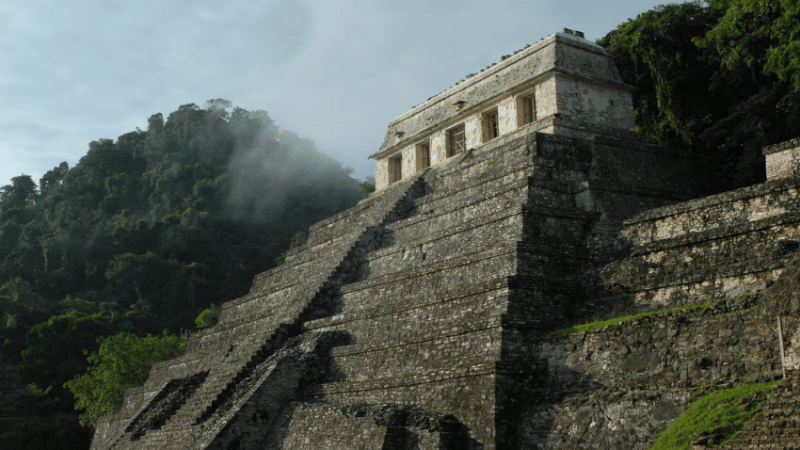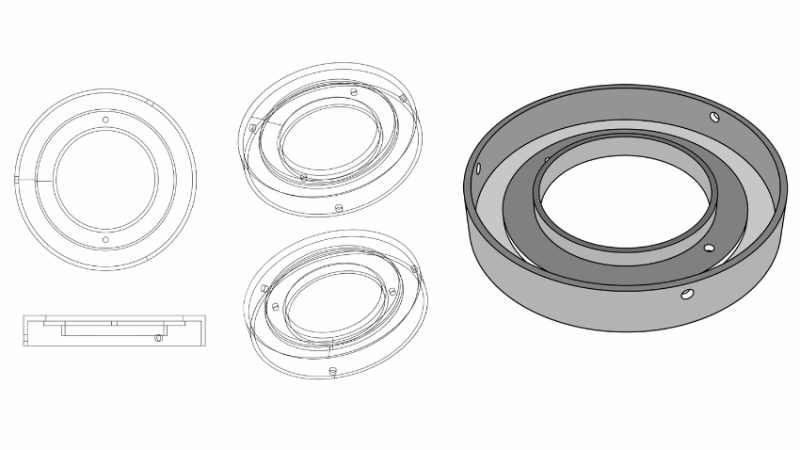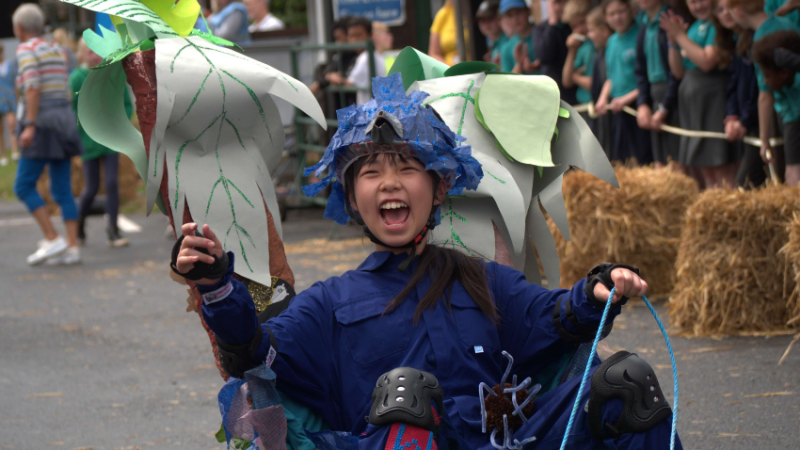1066 And All That – Use The Battle Of Hastings To Teach Your Pupils About More Than Just History
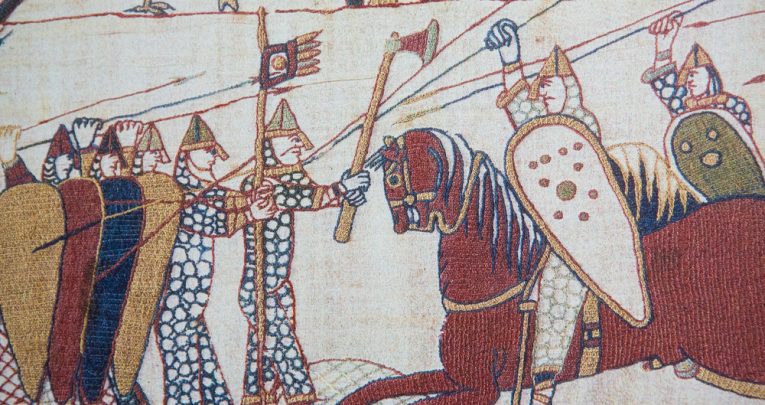
One of the most important battles in British history has more cross-curricular potential than you might think, say Little Creative Days co-founders Natasha Dennis and Tonya Meers…
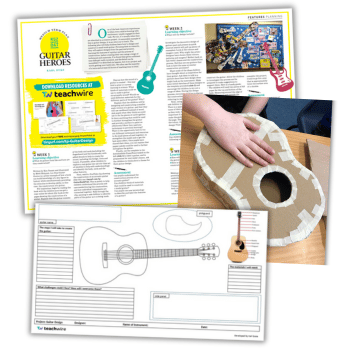
It’s one of the most famous battles in our history – but if you were ask us what we learnt about the Battle of Hastings at school, all we could really tell you is that William the Conqueror won the battle in 1066, and that it marked the start of Norman History.
However, while researching our latest creative storytelling kit, Pojo and the Knights of Chepstow Castle, we found that it should be celebrated for so much more. The battle and the historical period it ushered in changed our language, created a lot of our laws and customs and gave us some stunning architecture.
Here, we want to show how you can use the story of the battle and the impact it had to teach your pupils not just history, but much more besides.
D&T
Our story features two knights – William Fitz Osbern and Ralph de Gael – who fought with William at the battle. William Fitz Osbern was subsequently appointed as the Earl of Hereford by King William, and put in charge of building a series of castles along the border with Wales from which they could attack the Welsh.
The move transformed castle building in this country, since the new castles were made of stone and constructed using the French style of motte and bailey and . The first castle William Fitz Osbern built was Chepstow Castle, the building of which required the use of levers and pulleys to move the stone materials into place.
Download our supporting materials by clicking the link above. In there, you’ll find a free ‘Build a Castle’ lesson plan, which tasks pupils with drawing a plan view of a castle. If you teach KS2, a possible extension activity could be to have the children redraw their plan using CAD software. For Early Years or KS1, why not try using the included drawing template for castle walls? These can then be attached to cardboard tubes to make turrets, allowing the children to explore different media and materials.
Literacy
There are a number of literacy activities you can use to help children learn about Norman history and what life was like at that time. The resource link above also includes our lesson plan, ‘Young Knight or Princess in Training’, which sees pupils writing diary entries describing what a day in the life of both might have looked like.
A particularly informative, child-friendly source of information about the Battle of Hastings is The Story of a Conquest by D. Lemaresquier and G. Pivard.
Geography
The exact location of the battle site is still a contentious issue all these centuries later, but it’s commonly believed that the current Battle Abbey is built on the site of where King Harold was defeated.
When William the Conqueror landed at Pevensey he sent out scouts looking for a suitable site. A great activity would be to study maps of the area and have the children draw a plan of the battlefield, using physical representations of area’s natural features. This could involve class a discussion as to why William would have chosen that particular site, and the various uses that the surrounding land could be put to.
Further information on the battle site can be found at the English Heritage website or by visiting www.battlefieldtrust.com.
Art & Design
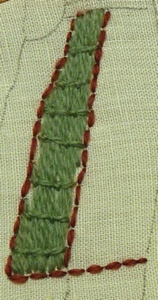
The Bayeux Tapestry is the main historical source that people have used to learn about the battle – though technically it’s an embroidery, rather than a tapestry. As can be seen here, the design is not woven into fabric, but rather stitched onto linen.
The original Bayeux Tapestry was created using a couched stitch that’s come to be known as ‘Bayeux stitch’. Straight lines are stitched across the shape, and then held down by a thread stitched at right angles to it, which is in turn held down in places with a small stitch.
To help your children understand the story better, get them to recreate a section of the Bayeux Tapestry. This could be done either by getting the children to paint it (great for the younger ones) or by having them create a tapestry of their own, which will teach them basic sewing skills while exercising their creativity. Bayeux Tapestry pieces can be recreated by taking a piece of linen and sketching a design. Using wool as thread, outline your working area with running stitches.
If you can get different groups to tackle different consecutive ‘scenes’, the end results could look great when mounted beside each other on your classroom wall.
Hopefully these activities will get your children more involved in learning about the Battle of Hastings, and help them remember a little more more about it than just the fact that it took place in 1066…
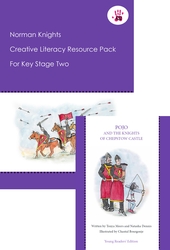
Some of the activities details above are taken from the Norman Knights Creative Literacy Resource Pack for Key Stage 2 and the Knights and Castles Creative Literacy Resource Pack for EYFS / Key Stage 1, both published by Little Creative Days.
You can download a free ebook version of Pojo and the Knights of Chepstow Castle by completing the form located here.






